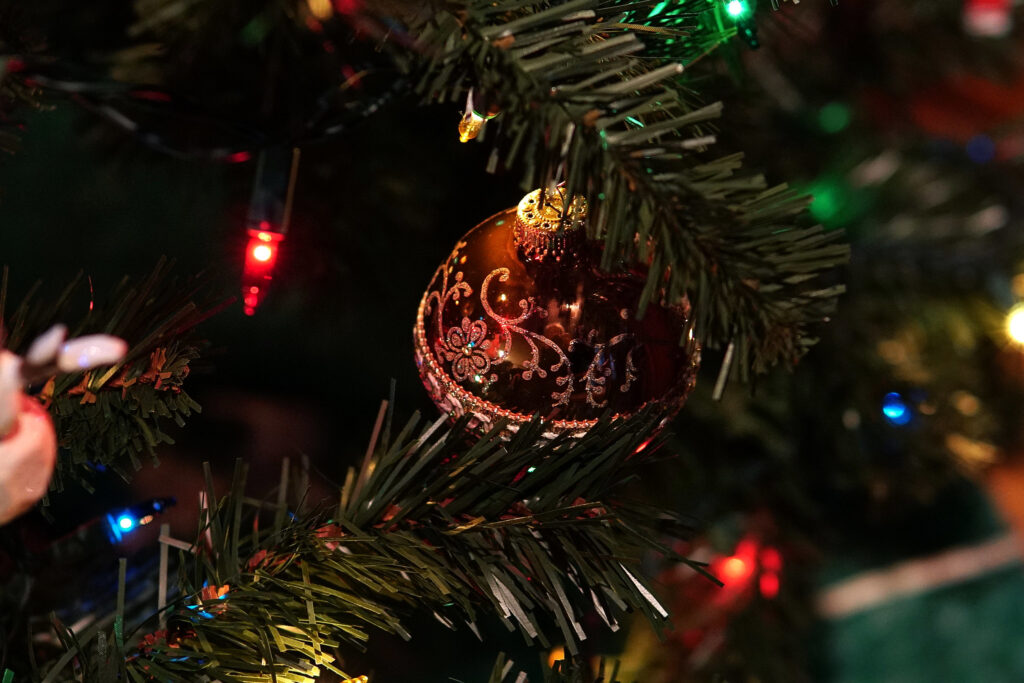
Along with cookies and carols, the Christmas tree is a quintessential part of the holiday season for many people. According to the American Christmas Tree Association, approximately 75% of Christmas trees in American homes this year will be artificial. But are artificial trees really the better option for the planet?
The short answer is no. But it’s more complicated than that. Ultimately, the answer depends on a variety of factors.
If you decide to go with an artificial tree, you need to use it for a very long time. Studies suggest artificial trees would need to be reused anywhere from 8 to 20 years in order to be considered the more environmentally-friendly option. You should seek out trees manufactured from polyethylene plastic as it’s not as toxic as polyvinyl chloride plastic. And since the majority of artificial trees are imported from China, look for a “Made in USA” label to reduce the carbon footprint.
If you decide to go for a live tree, shop local. This keeps the carbon footprint low and helps support the local economy in the process. While some tree farms do spray, researchers say the use of pesticides in tree production is relatively low. Live trees can also be composted or recycled afterwards.
It’s important to note that live Christmas trees can also be purchased with roots and planted after the holidays. Some companies even allow you to rent live trees. Each rented tree can be re-rented for up to seven years, after which it’ll be too large for in-home use and gets planted in its forever home.
**********
Web Links
Photo, posted December 17, 2017, courtesy of Alan Sandercock via Flickr.
Earth Wise is a production of WAMC Northeast Public Radio.
Leave a Reply